Driving on Delhi-Mumbai Expressway: Key Observations of India's Longest Highway
The first phase of the Delhi-Mumbai Expressway is now operational. In case you missed it, this brand-new expressway spans 1,380 km and is an eight-lane road network that claims to reduce travel time between the two metro cities from 24 hours to just 12 hours!
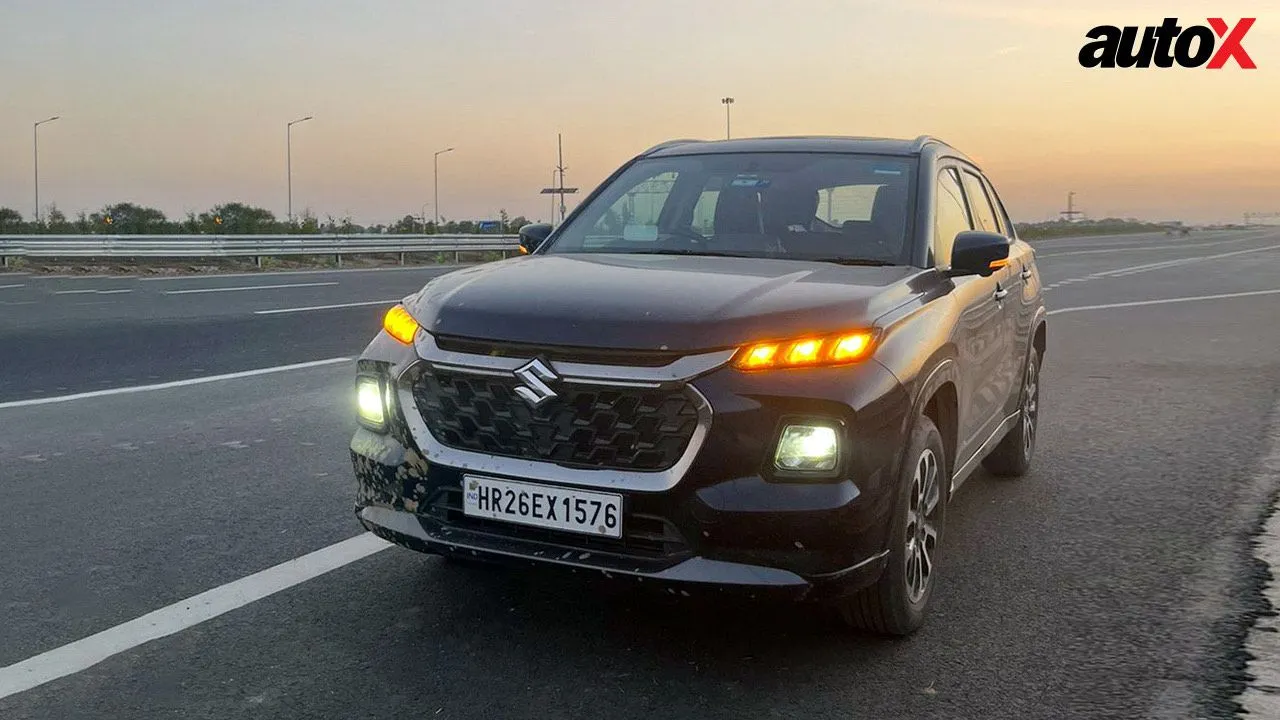
The first phase of the Delhi-Mumbai Expressway is now operational. In case you missed it, this brand-new expressway spans 1,380 km and is an eight-lane road network that claims to reduce travel time between the two metro cities from 24 hours to just 12 hours! The first section (Sohna-Dausa) of the expressway is now open to the public, and it’s claimed that it will reduce the travel time between the national capital to Jaipur to three hours from five. Is it actually the case, though? To find out, right after the inauguration ceremony of the first phase, we decided to get on the expressway and find out if it lives up to the hype.
Here are a few observations from the drive:
1. I entered the expressway from Dausa (Jaipur side), which is on the Agra-Jaipur highway and is around 70km from Jaipur. The traffic on this stretch was fairly moderate, so it took around 90 minutes to reach there from the City Centre. At that moment, the toll plazas weren’t operational, so I got on the expressway without paying a penny. It won’t stay this way for longer, though…
2. It’s a brand-new expressway and there was virtually no traffic when I got on it – it was 5:30 pm on a Monday. It’s a well-laid-out eight-lane highway and while the road surface is smooth for the most part, some sections were, surprisingly, already bumpy. Plus, since it’s a new and empty expressway, you’ll find scores of stray animals and reckless drivers/locals who tend to drive on the wrong side. This should improve with time, but if you’re planning to take this stretch in the coming weeks, be extra careful.
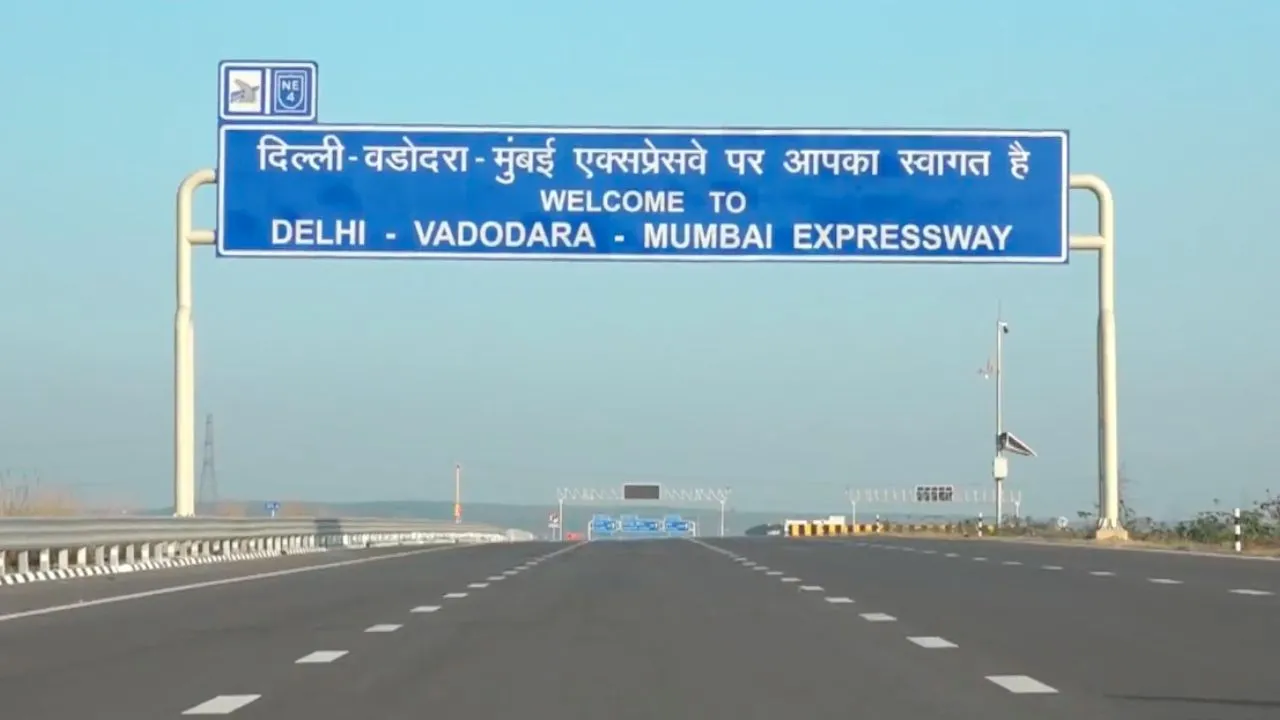
3. The Sohna-Dausa stretch is 180km long and the speed limit is 120km/h. You can cruise very comfortably at 110-120km/h and can cover the whole distance in under 2 hours! However, do keep in mind that two-wheelers aren’t allowed on this expressway.
4. Instead of New Delhi, I was driving back to Noida. I couldn’t see the exit for the Western Peripheral Expressway or KMP on Google Maps, so thought I’d have to go through Sohna-Gurgaon-Delhi to reach my destination. But thankfully, this stretch does connect to the KMP highway and it is around 20km before the last exit/Sohna. So, if you’re heading to Jaipur from – or are coming back to – Faridabad, Noida or Ghaziabad, there is no need for you to tackle the maddening Delhi-Gurgaon traffic any more. You can take the exit from the expressway to KMP and can then join the Eastern Peripheral Expressway for EPE if you're headed to Noida/Ghaziabad/Meerut. It’s super convenient! To give you an idea, it took me just 5 hours to reach my place in Noida from Jaipur (350km, approximately).
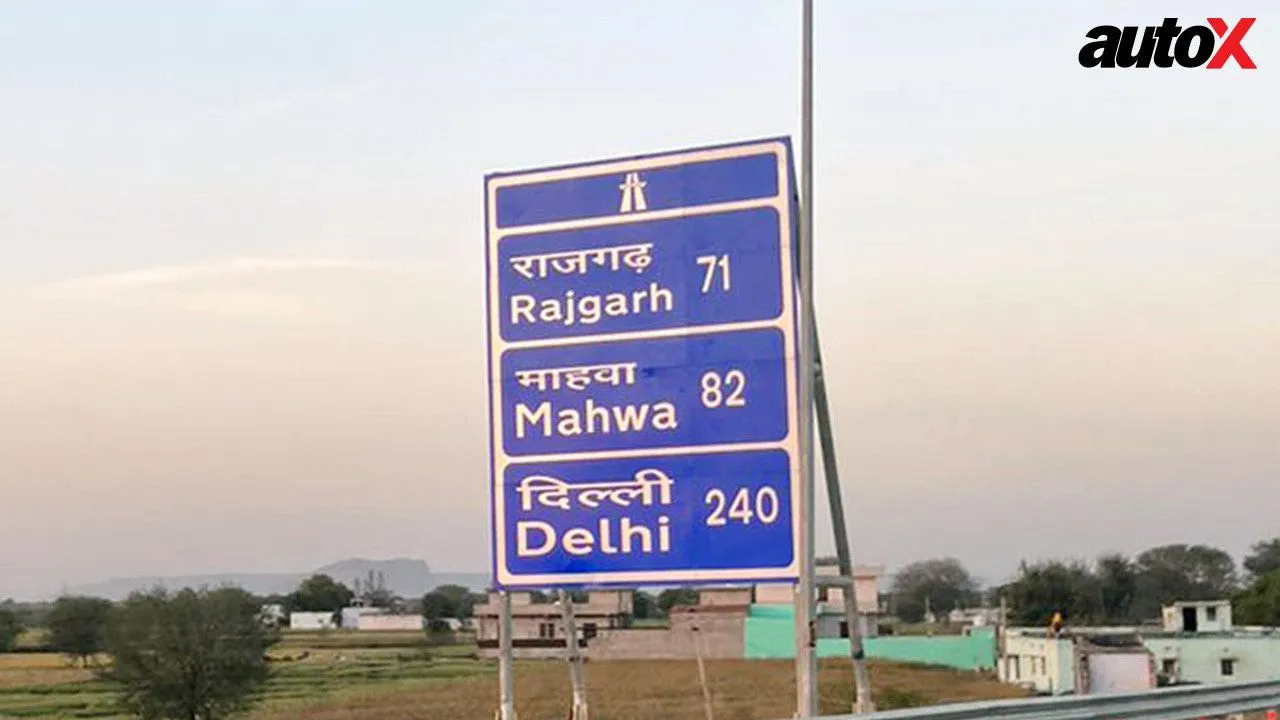
5. Despite being operational for only two days, there were multiple rest areas on the expressway with petrol pumps, electric vehicle charging stations, food joints, and restrooms. Some of these aren’t fully functional yet but you get what you need.
दिल्ली-मुंबई एक्सप्रेस-वे के प्रथम चरण का उद्घाटन।#Delhi_Mumbai_Expressway#BuildingTheNation #PragatiKaHighway #GatiShakti pic.twitter.com/wMkLaH18ku
— Nitin Gadkari (@nitin_gadkari) February 12, 2023
On the whole, the Delhi-Mumbai expressway turned out to be a huge blessing for me – and I’m sure it’ll be the same for motorists who are looking for an alternative to the regular, chaotic, and truck-infested Delhi-Jaipur route (NH48). Sure, the entry and exit points of the Sohna-Dausa stretch are a bit far from the main cities – Sohna is around 40km from Delhi, in case you were wondering – but even then, it’s totally worth it.
Long story short, the first phase of the Delhi-Mumbai expressway definitely lives up to the hype and is going to make long-distance driving fun and stress-free again.
Also read,
Now, seat belts for rear passengers are a must on the Pune-Mumbai expressway
Nitin Gadkari approves draft notification for Bharat NCAP safety testing
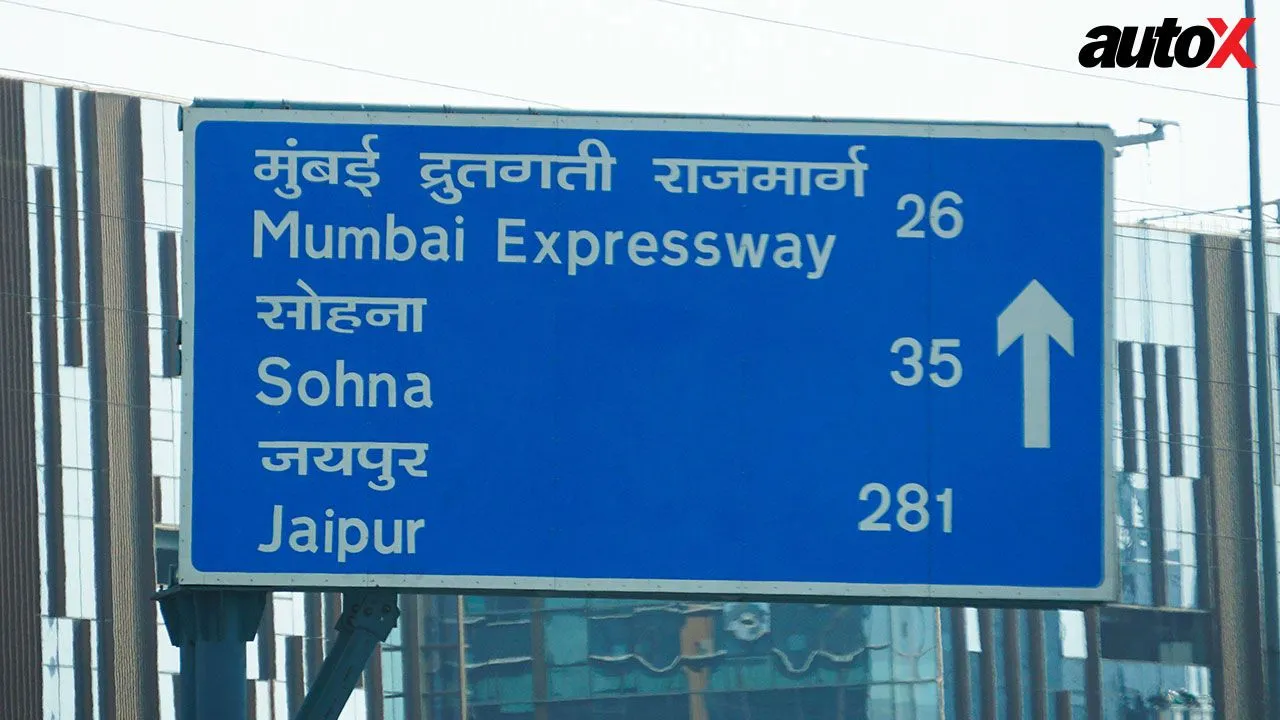
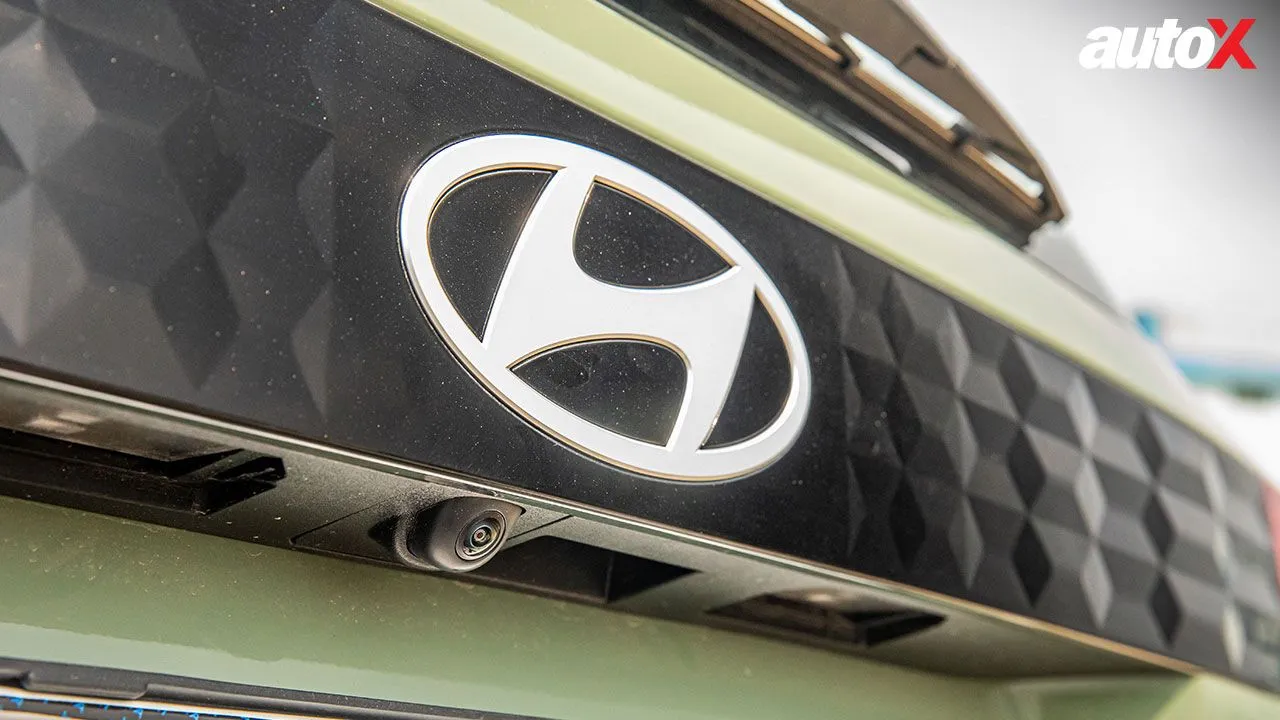
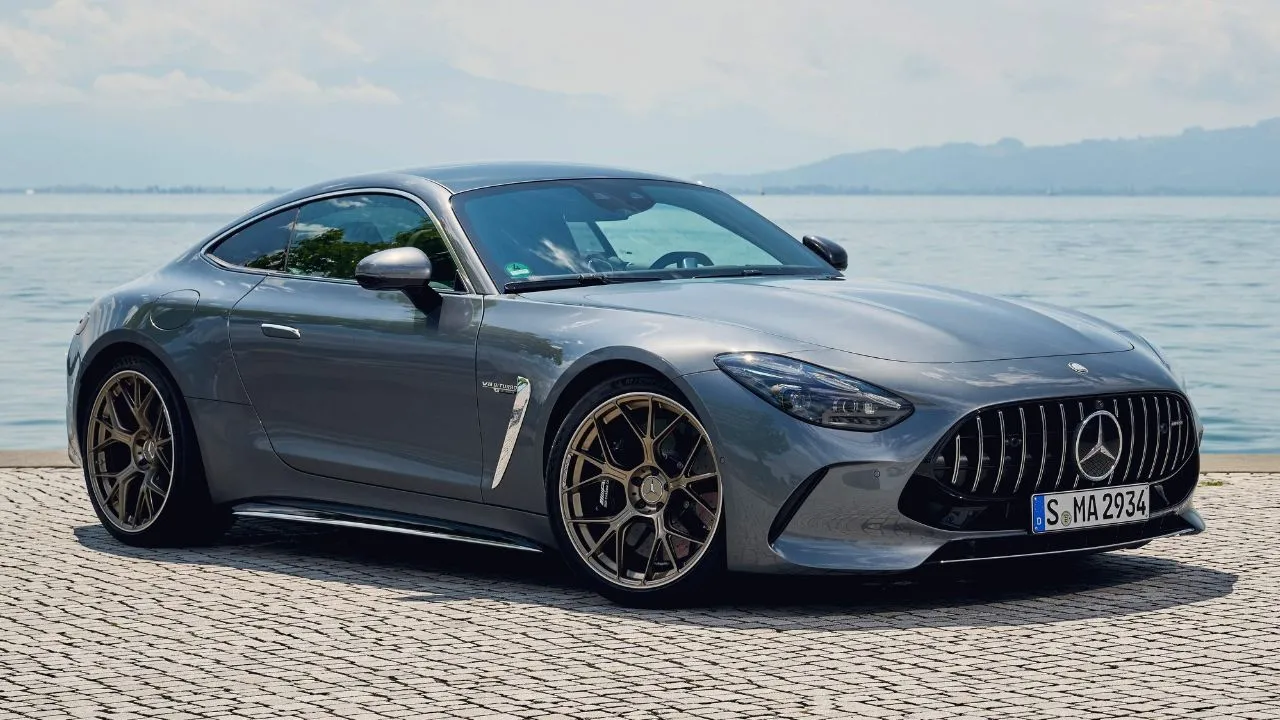
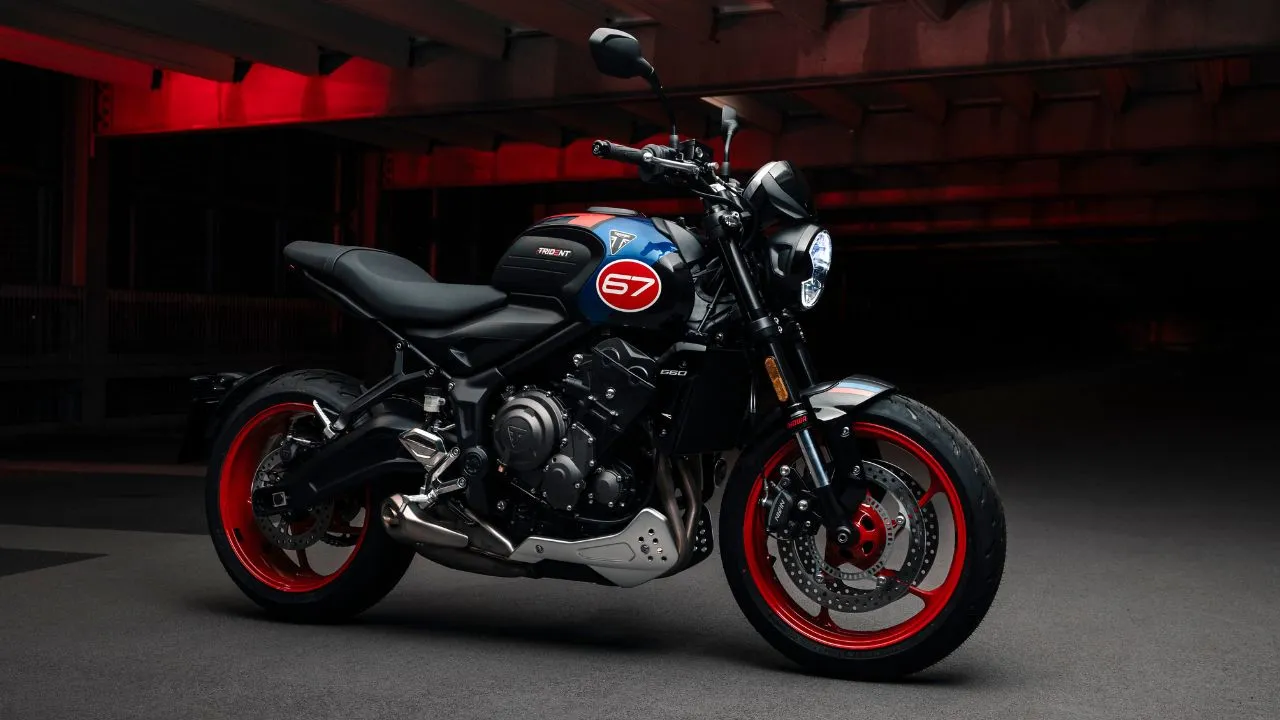
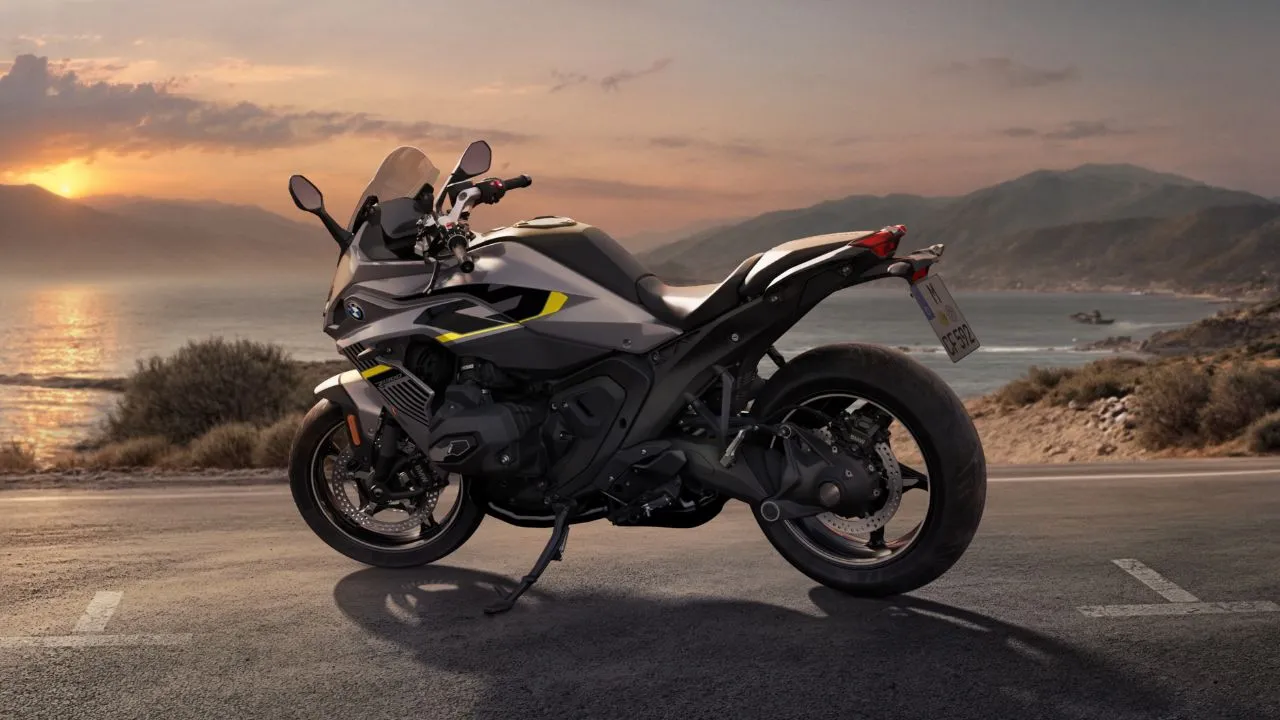
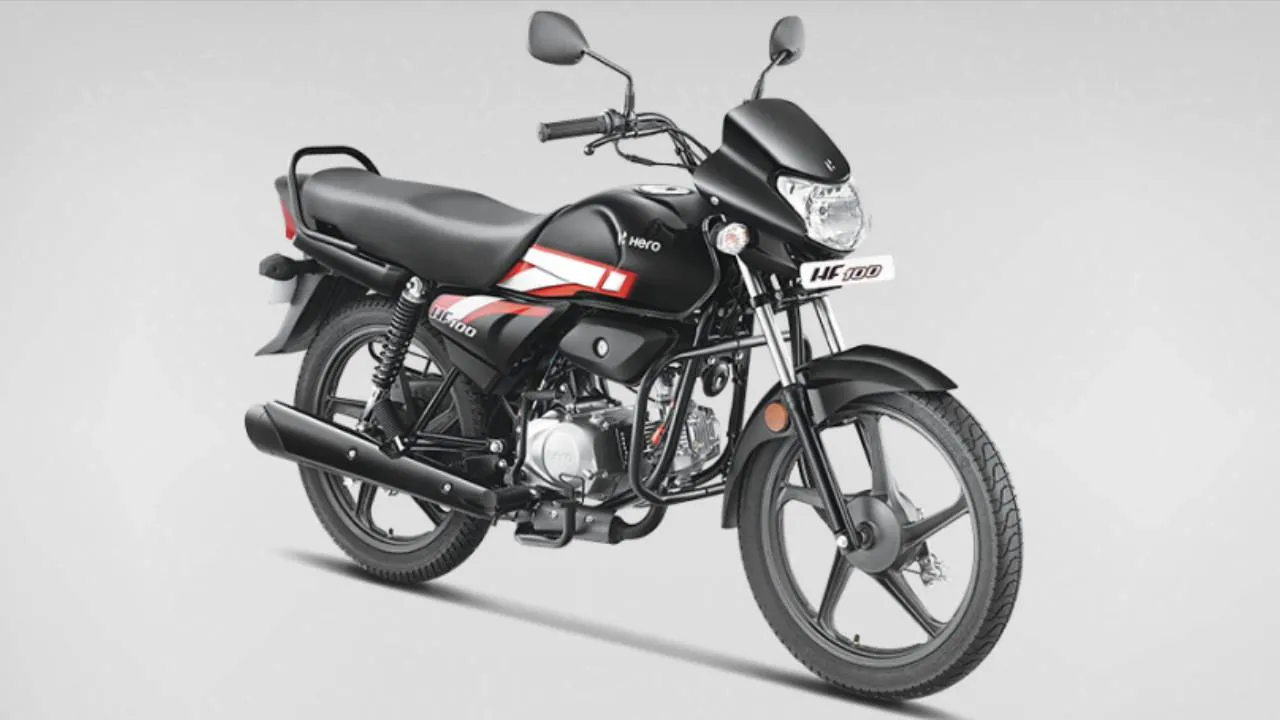


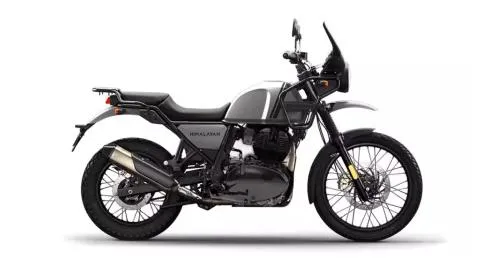
















Write your Comment on